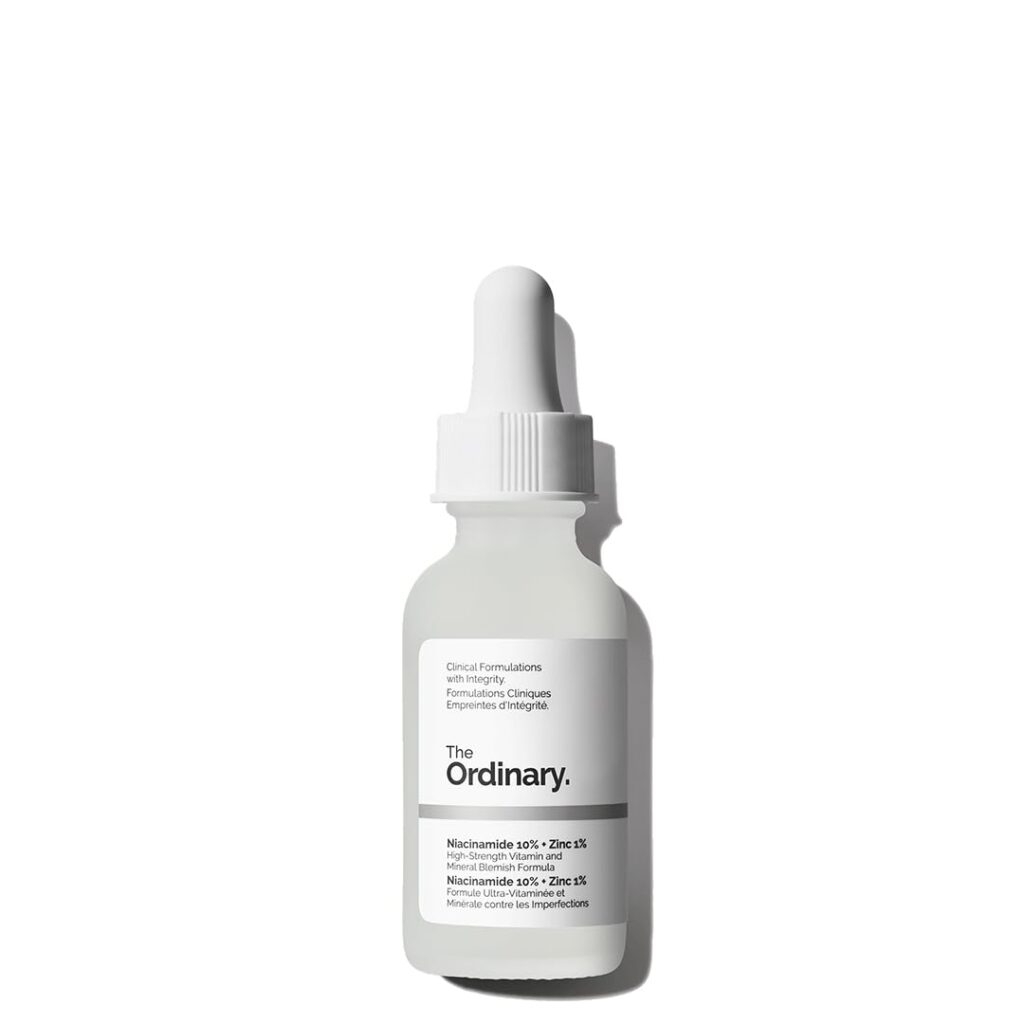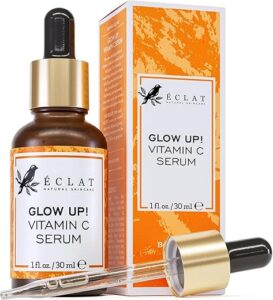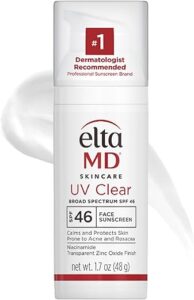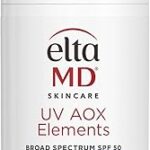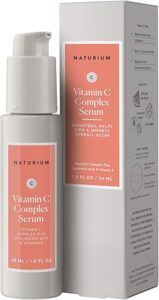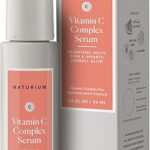Glow Through the Seasons: Why Adaptive Skincare Matters
A one-size-fits-all routine rarely works year-round. Weather, humidity, sunlight and indoor heating force skin to change. He or she who adapts avoids dryness, inflammation and accelerated aging.
This guide helps DIY enthusiasts and home crafters build simple, seasonal anti-aging plans. It shows how to listen to skin cues, balance potent actives with barrier repair, and make small, sustainable swaps rather than full overhauls.
Practical projects and straightforward principles replace guesswork. They will learn to swap serums, tweak moisturizers, and add barrier-building masks when needed. The goal is glowing, resilient skin through every season.
Small experiments—like making a seasonal balm or swapping in a gel formula—teach what truly works for each climate and lifestyle.
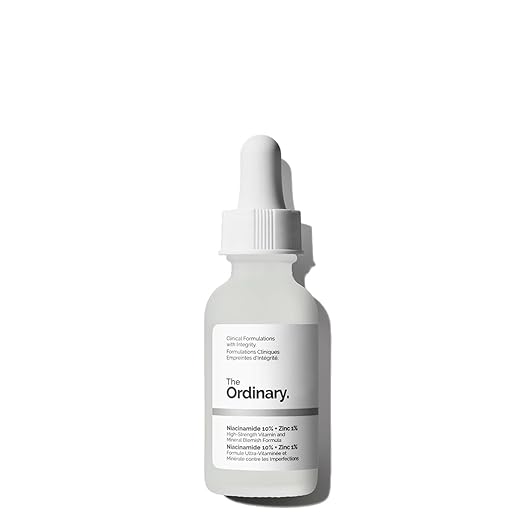
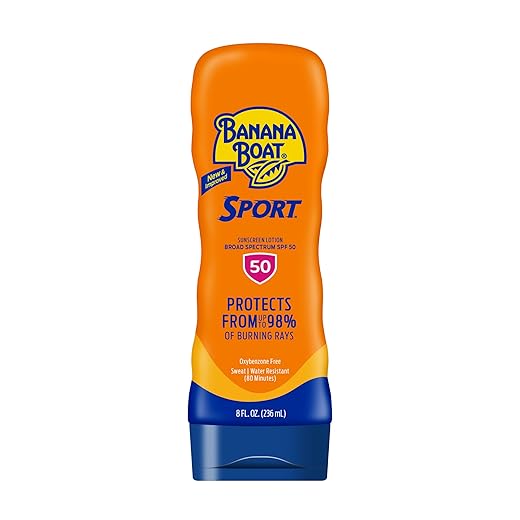


How Weather and Climate Drive Skin Aging: The Basics
UV exposure and photoaging
Sunlight is the single biggest external driver of visible aging. UV rays break collagen and create dark spots; think of UV as tiny scissors that nick the skin’s scaffolding over time. Broad-spectrum sunscreen — whether a physical zinc formula like EltaMD UV Clear or a lightweight chemical option such as La Roche-Posay Anthelios — is the easiest habit to make nonnegotiable. In high-sun climates, people should expect more frequent pigment work and prioritize daily SPF.
Dry air, indoor heating and dehydration
Low humidity and central heating pull water from the skin. When water leaves, fine lines look deeper and topical actives sting. A simple mental image: skin is a sponge; without moisture it compresses and shows texture. Rich creams (CeraVe Moisturizing Cream) and humectants like hyaluronic acid (e.g., The Ordinary Hyaluronic Acid 2% + B5) help restore plumpness.
Humidity, oiliness and acne risk
High humidity ramps up oil production and can make pore-clogging more likely. In these conditions, lightweight, non-comedogenic gels (Neutrogena Hydro Boost Water Gel) or serums with niacinamide help control shine without stripping the barrier. They should swap heavy occlusives for breathable formulas until humidity drops.
Pollution and oxidative stress
City air and smoke carry free radicals that erode collagen and accelerate dullness. Antioxidants — vitamin C serums, topical niacinamide, and green tea extracts — act like on-the-spot rust-proofing, neutralizing pollutants before they cause damage. Practical tip: double-cleanse on polluted days to remove particulates from skin crevices.
High altitude effects
At higher elevations, UV intensity rises and the air is drier. People often feel more sensitive, with dryness and faster moisture loss. Extra SPF, a richer night moisturizer, and lip protection become more important when climbing or traveling to mountains.
The skin barrier: a brick-wall analogy
Imagine the skin barrier as a brick wall: corneocytes are the bricks and lipids are the mortar. When mortar is missing, water leaks out and irritants and pollutants sneak in. Repairing the mortar — with ceramides, cholesterol and fatty acids — restores resilience and slows age signs. Barrier health is the central anti-aging strategy because everything else works better when the wall is intact.
Simple at-home assessments
Quick DIY experiments to try
These hands-on checks give immediate feedback and set the stage for creating a seasonal routine that matches both climate and skin signals.
Seasonal Routines: Building a Flexible Anti-Aging Skeleton
A simple skeleton routine—morning and evening—makes seasonal swapping easy. They should keep the same basic steps: cleanse, treat, hydrate, protect (AM), and cleanse, treat, repair (PM). Below are practical templates and switches to fit heat, cold, humidity or travel.
The morning scaffold: protect first, then glow
A morning routine should prioritize barrier-friendly cleansing, antioxidants and reliable SPF. A practical AM order:
Vitamin C and other antioxidants are best in the morning because they neutralize daytime free radicals. For example, someone who gardens at dawn swaps a water-light vitamin C serum under a gel moisturizer; a commuter in winter reaches for a richer cream under sunscreen. Try a stable vitamin C like Eclat for brightness and hyaluronic layering.
The evening scaffold: repair and renew
Evening is for active renewal — retinoids, peptides and targeted repair. A simple PM order:
Retinoids and peptides work best overnight when skin can rebuild. New users should start with 1–2 nights a week, adding nights slowly as tolerated. Peptides can be used nightly for a collagen-support boost.
Exfoliation and tolerance timing
Introduce chemical exfoliants (AHAs for texture, BHAs for congestion) based on skin tolerance. A good rule: if using a retinoid, avoid strong AHA nights back-to-back; alternate 2–3 times weekly and always follow with barrier-repairing cream. Patch testing and a slow ramp-up prevent irritation.
Actionable seasonal swaps
DIY tricks and a quick project
Texture, scent and absorption matter — a product that feels pleasant is far more likely to be used daily. With a flexible AM/PM skeleton and a few seasonal swaps, they can adapt quickly to changing weather and skin cues, ready to move into climate-specific strategies next.
Climate-Specific Strategies: Humidity, Dry Cold, Altitude and Urban Pollution
Humid / Hot: keep it light, sweat-smart
In humid climates the goal is to hydrate without clogging and to stay protected while avoiding sunscreen melt. Choose non-comedogenic, water-based hydrators (hyaluronic acid gels, niacinamide serums) and lightweight physical sunscreens that won’t pill when sweat starts. Cooling mists are excellent for midday refreshes and to settle makeup.
Quick how-to:
DIY Hydrating Facial Mist (simple)
Dry / Cold: seal, repair and sleep on it
Cold air strips lipids; the priority is rebuilding the barrier and locking moisture in. Look for ceramide-rich creams, overnight oils and occlusives (petrolatum, lanolin) on the driest nights. Use gentle cream cleansers to preserve natural oils and run a humidifier in the bedroom.
Barrier-Repair Balm — DIY (small jar)
Troubleshooting: If winter flakes appear, add a thin occlusive layer at night and avoid daily strong AHAs/retinoids until the flakes resolve. Pause actives if skin becomes raw, intensely red, or stinging—slowly reintroduce at reduced frequency.
High altitude / Sun-intense regions: amplify sun defense
At altitude UV increases and wind steals moisture. Use broad-spectrum SPF 50+ and pick formats that cue reapplication: tinted mineral creams, sunscreen sticks, or visible powder SPF for touch-ups (e.g., mineral SPF powders). Layer antioxidants (vitamin C/ferulic) in the AM to neutralize extra free radicals. Don’t forget SPF lip balm and wraparound sunglasses or a wide-brim hat.
Practical tip: carry a small mirror and a sunscreen stick in your daypack—reapplication every 2 hours or after sweating is the easiest habit to keep.
Polluted urban settings: cleanse, fortify, repeat
City air deposits particulates and free radicals. Double-cleanse at night (oil/balm cleanse, then gentle second cleanse) to remove grime without over-stripping. Follow with antioxidant-rich serums (vitamin C, niacinamide) and a barrier-repair cream or peptide moisturizer.
Skin emergency kit (travel satchel idea)
Troubleshooting: If a new routine causes breakouts, suspect comedogenic ingredients—pause suspect products for two weeks and reintroduce one at a time. Pause potent actives (retinoids/AHAs/BHAs) if persistent redness, swelling, or stinging occurs; consult a dermatologist for severe reactions.
These climate-specific swaps, DIY helpers and quick fixes make adapting simple—next, learn tools and tracking methods to turn these practices into lasting habits.
Tools, Tracking and Practical Scheduling: Make Seasonal Care Habitual
Simple tools to turn plans into action
Practical systems keep seasonal changes from becoming guesswork. Start with three low-effort tools:
For reminders, simple apps like Google Calendar, Any.do, or Habitica work well. For a tactile option, laminate a “Skin Weather” checklist to stick on the mirror—icons for sun, wind, humidity, and pollution cue which routine to use that day.
Building a seasonal calendar: when to ramp up or back
Map the year in three-month blocks and assign core changes: moisturizer thickness, active frequency, and SPF strength. Example framework:
Sample mini-routines (AM / PM, frequency notes)
These are modular—mix steps to match skin and local weather.
Safe integration of powerful actives
Clear rules prevent setbacks:
Monitoring, projects and sustainability
Track progress with three simple habits:
Creative projects to make seasonal care fun:
Sustainable shopping tips: prioritize multi-use products (tinted SPF + antioxidant), refillable brands, and biodegradable cotton pads. Consult a dermatologist when aging concerns persist despite consistent, gentle care, or if there is severe inflammation, infection, or sudden changes in skin texture — they can rule out medical causes and offer in-office options.
With these tools and habits in place, seasonal routines feel manageable—next, the article closes with a practical path to year-round radiance.
A Practical Path to Year-Round Radiance
They can build a simple, climate-smart routine that bends with the weather: a richer moisturizer in dry months, lightweight antioxidants in humid seasons, and a pollution-clearing double cleanse in city smog. Small DIY swaps—like adding glycerin to a winter balm, mixing a pollen-friendly mask, or swapping a serum texture—protect the barrier and cut irritation. Simple monitoring (weekly photos, humidity app, and a quick skin-feel checklist) keeps adjustments easy and effective.
Invite them to try the projects and checklists here, track results for a season, and tweak as needed. Over time, these modest changes add up to reliably glowing skin and less visible aging—one season at a time. They’ll enjoy crafting rituals that suit their lifestyle and budget.


